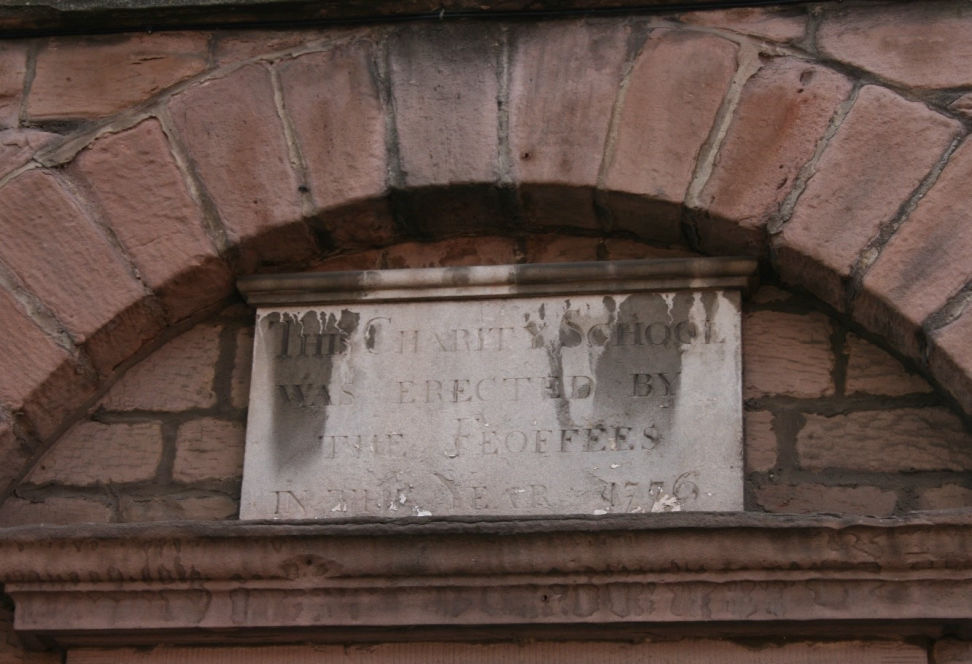The original home of the Rotherham Workhouse where both the Workhouse Superintendent lived and at one time up to 44 of the town ‘poor’
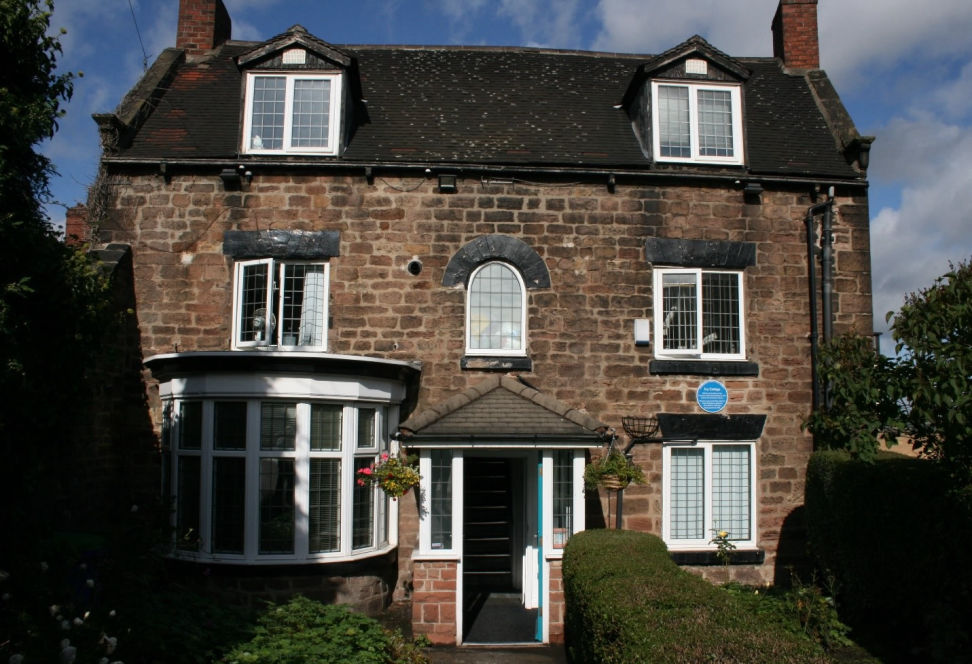
Many people in Rotherham have probably heard the phrase ‘The Feoffees Of The Common Lands Of Rotherham’ but most may not know or understand exactly what it refers to or means.
Feoffees have been established in Rotherham since the 14th century and one of the first references to them dates back to about 1328, in the reign of King Edward III. Feoffees is simply an ancient name for Trustees. ‘The Common Lands of Rotherham’ is Rotherham’s oldest charity, and has been providing support to Rotherham and its residents since the 14th century. Initially the Feoffees controlled and policed the common lands in Rotherham which was land upon which anyone could gain access to graze their stock. Through bequests, grants from the crown and other means, they also owned some land and premises from which they obtained rents etc. and it was the income from these areas which provided the monies for the charity to make disbursements to Rotherham’s citizens.
The charity was and continues to be administered by 12 Feoffees on an unpaid and voluntary basis. From the 14th to the first third of the 16th century the Feoffees had close links with Rufford Abbey near Edwinstowe in Nottinghamshire. However, during the reign of King Henry VIII and the period of the reformation and dissolution of monasteries some of the responsibilities of the Feoffees were taken away, especially in relation to responsibility for the common lands. However, they still received income from rents of their properties and therefore continued to provide charitable services to the people of Rotherham. In 1584 Queen Elizabeth I recognized the work and importance of the Feoffees and returned to them those lands confiscated by Henry VIII plus responsibilities for the common lands; this was confirmed by a Royal Charter in 1589.
From their formation, but particularly after 1584, the Feoffees used their income to support the “aged, poor, and impotent” of the town and eventually they, in effect, became the Town Corporation. This function lasted until 1871, when Rotherham was incorporated as a Borough. Feoffees responsibilities until 1871 included health, welfare, defence, law & order and provision of water, including responsibility for the brewing and distribution of English ale and beer.
The Feoffees have always been heavily involved in Education, founding the National School (which became known as the Bluecoats school) in Rotherham in 1707 and building new premises for it in 1776. (This building is now the Bluecoats public house on the Crofts.) In the 16th century the Feoffees revived Rotherham Grammar School after the College of Jesus, founded by Thomas Rotherham in 1482/83, fell foul of King Henry VIII’s reformation. Eventually the Grammar School was housed in accommodation provided by the Feoffees in the lower part of Moorgate and in the 1890’s they purchased the building further up Moorgate and which now houses Thomas Rotherham College.
Between the 14th and 19th century the area around the Crofts was an important part of the commercial and agricultural business of Rotherham. In 1694 the Feoffees continued to provide relief for the poor of Rotherham and they built a workhouse to help support them. The poor were not obliged to be resident in the workhouse although the building not only housed the Workhouse Superintendent but did also provide ‘live in’ accommodation. This workhouse continued to function until about 1834 when the government brought in an Act of Parliament for relief of the poor and in the late 1830’s the ‘new’’ workhouse, run by a separate ‘Board of Guardians’, was opened further up Moorgate (This Victorian workhouse eventually became Moorgate Hospital). The original Superintendent’s cottage is still standing on the Crofts; it is called Ivy Cottage and since the early part of the 20th century it has housed a dental practice.
Until the early part of the 20th Century much of the Town Centre, East Dene and Eastwood was still owned by the charity and at that time it was sold or gifted to the town to permit significant redevelopment to take place.
For some 700 years 12 Feoffees have managed Rotherham’s charity, for the people of Rotherham; over time distributing doles of food, coal, or money. The doles continue annually and the charitable aims have also been extended to cover the provision of Educational Scholarships.
Support of and relief for the poor of Rotherham
Since its inception one of the main objectives of the Feoffees Charity has always been to help the poor in Rotherham. This of course continues to this day with the annual ‘Doles’ distribution which takes place each December. However, The Feoffees have always shown foresight in relation to support in this area. In the sixteenth and seventeenth century doles were already being provided to help the poor and in the 1600’s they purchased land in the Crofts and had a new house erected which was intended to house the Superintendent, or Master, of the Workhouse. This was opened in 1634 and continued to serve as the Workhouse for Rotherham until the late 1830’s. At its peak this house also accommodated some 44 ‘poor’ people and families.

What was unusual and unique, was that this support was provided by The Feoffees well before the introduction of national legislation with respect to helping the poor and relief was provided to both those who needed to be housed in the workhouse (temporarily) and those who sustained their own accommodation.
In 1834 the government brought in the Poor Relief Acts, which amongst other things saw the introduction and building of formal workhouses. In 1834 the Rotherham Workhouse came under the jurisdiction of a ‘Board of Guardians’, chaired by The Earl Fitzwilliam and relief of the poor was effectively taken out of the hands and responsibility of the Feoffees. However, the workhouse continued to be utilized as such until 1839 when new premises had been built further up Moorgate, which premises eventually became the site of Rotherham Hospital.
Of course, The Feoffees continued to provide support and relief for the poor but outwith the laws associated with the new workhouses, which were run under a very autocratic regime with extremely strict discipline imposed and segregation of men, women, children and therefore families. In addition, poor relief of this kind could only be achieved by ‘living in’ which was very different from how the poor had been supported under The Feoffees. The management of poor relief by the Feoffees, compared by the standards of those days, has to be considered both beneficent and enlightened.
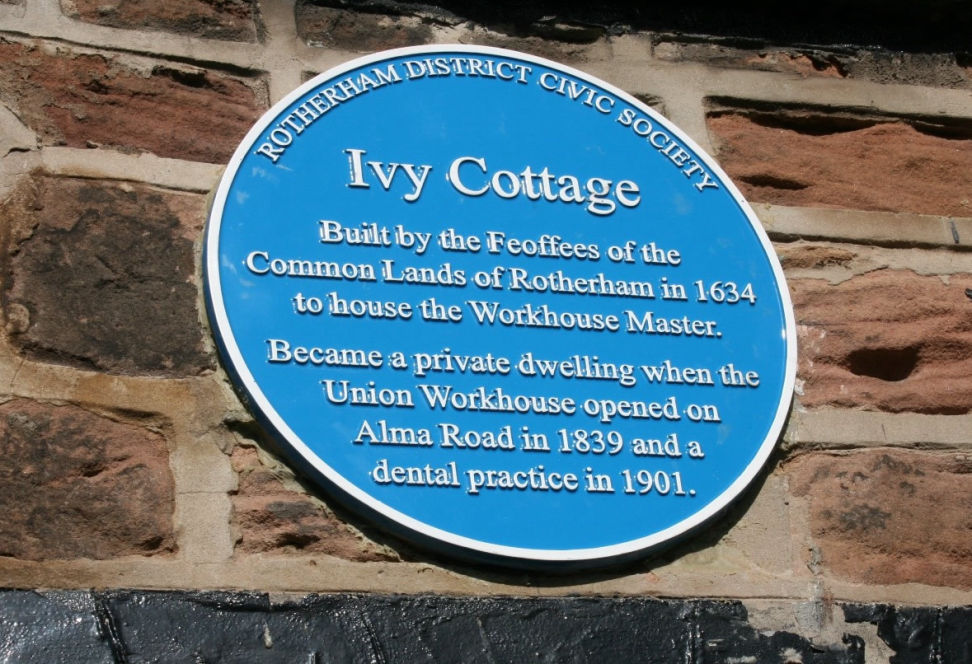
The workhouse building is still standing. After it ceased to function as the Workhouse it became a private residence until, in 1901, it opened as a Dental practice. Today it is still a Dental Practice, housing Ivy Dental Care, and despite the need for modern equipment and a bright and welcoming interior, there are still many aspects of the original building that can be seen including some fireplaces. There are even rumours that it is haunted!!!!!!!!
Education
The Feoffees have been involved in the provision of Education in Rotherham since at least the 16th century but particularly in the following areas:
College of Jesus and Rotherham Grammar School
Most of the inhabitants of Rotherham are aware that Thomas Rotherham, one-time Bishop of Lincoln, Archbishop of York and Lord Chancellor of England, founded what became Rotherham Grammar School in 1482/83. At the time this school was known as the College of Jesus and was located on what is now the corner of College Street and Effingham Street, near to the modern All Saints’ Square. The College continued until around the time of the reformation in the mid 1530’s, when it fell foul of the dissolution of the monasteries under King Henry VIII and Thomas Cromwell.
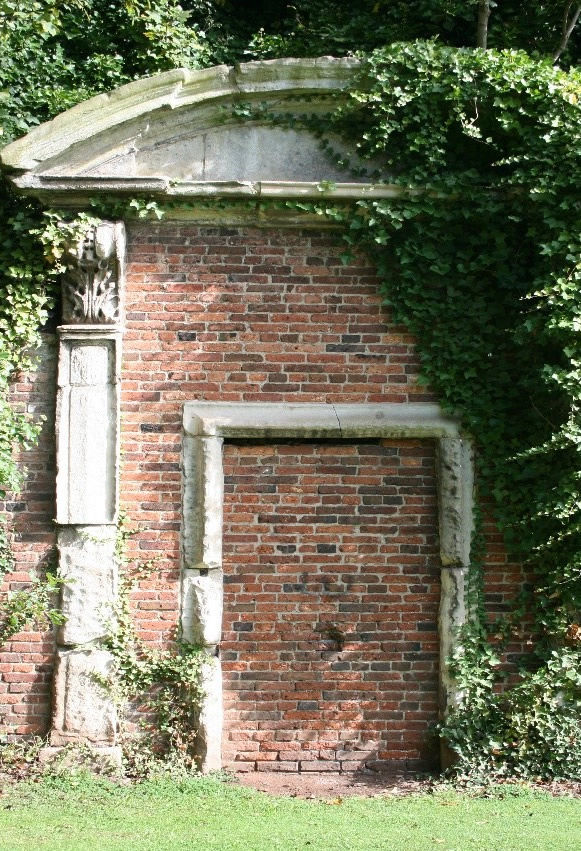
As a result, the Feoffees of the Common Lands eventually stepped in to save and restore this educational establishment so that it could continue to provide a, mainly theological, education to young people in Rotherham and this then became known as Rotherham Grammar School.
The premises were moved a number of times from the original location until, in the 19th Century, The Feoffees purchased a building on lower Moorgate which was specifically for the use of the Grammar School whose pupil numbers had increased significantly (after Boston Park had been designed and opened the original doorway and outer entrance to the original College was saved and set into one of the walls in the Park where it can still be seen today). As the 19th Century progressed so the number of pupils who were attending the Grammar School increased to such an extent that by the 1890’s the premises on lower Moorgate were too small to cope with the quantity of pupils, who were at that times all boys. Consequently, the Feoffees, who still had responsibility for the running and maintenance of the school, sought larger premises. They eventually secured what had been a Methodist Seminary, which had been built higher up Moorgate in the 1860’s. This building was therefore purchased by The Feoffees and became the new location for the Grammar School and which would continue to be its location until its demise in 1970. (The last intake of boys, under the 11+ environment was during September 1965.)
In September 1967 a new and different establishment was created in Rotherham, which catered for sixth form boys and girls only; this new establishment was named Thomas Rotherham Sixth Form College to honour and in memory of Thomas Rotherham’s foresight in establishing a Grammar School in the 15th Century. At this time both the Boys Grammar School and Girls High School were abolished and those who would have entered the sixth forms of those schools, plus pupils from all other schools in the Rotherham County Borough who wished to take ‘A’ levels, moved to Thomas Rotherham Sixth Form College; it was the second sixth form college to be established in the United Kingdom and was of course co-educational. The premises of what had been the Grammar School were chosen to house this College due to its size and capacity for accommodating both the new sixth formers in the College and the three remaining years of the ‘rump’ of the Grammar School.
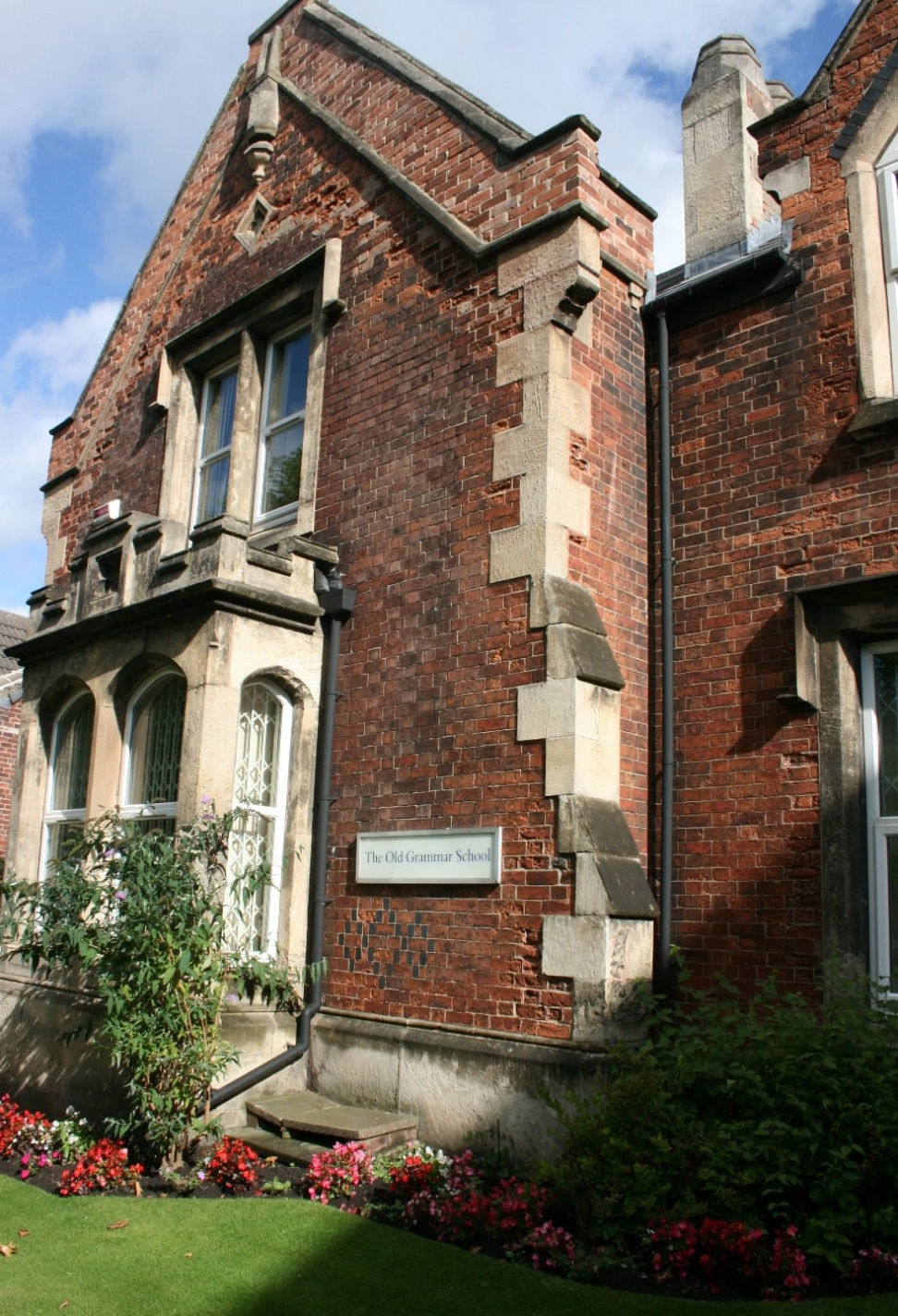
From the time of the reformation and the national Education Acts of the late 19th Century, The Feoffees were totally responsible for supporting, maintaining, running and governing the Grammar School. Their purchase of the new premises in upper Moorgate more or less co-incided with the new Education Acts and the school came under local authority control with a separate board of Governors. However, there were still Feoffee representatives on this Board until the School’s abolition in 1967.
Even then, under a new constitution for a sixth form college, Feoffee representatives remained on the Board and they were known as Foundation Governors. In 1992 Thomas Rotherham College became an autonomous institution under the Further and Higher Education Act but this act laid down that four foundation governors had to be on the new Board. Autonomy took the college out of local authority control and Feoffees continued to significantly help to develop the college over the next 26 years until 2017. In 2017 the college joined with a local secondary and junior school to become part of a multi-academy trust. At this point the right of Feoffees to be part of the governance of the academy trust was withdrawn although in 2019 there is still one member of the academy governing body who is also a Feoffee.
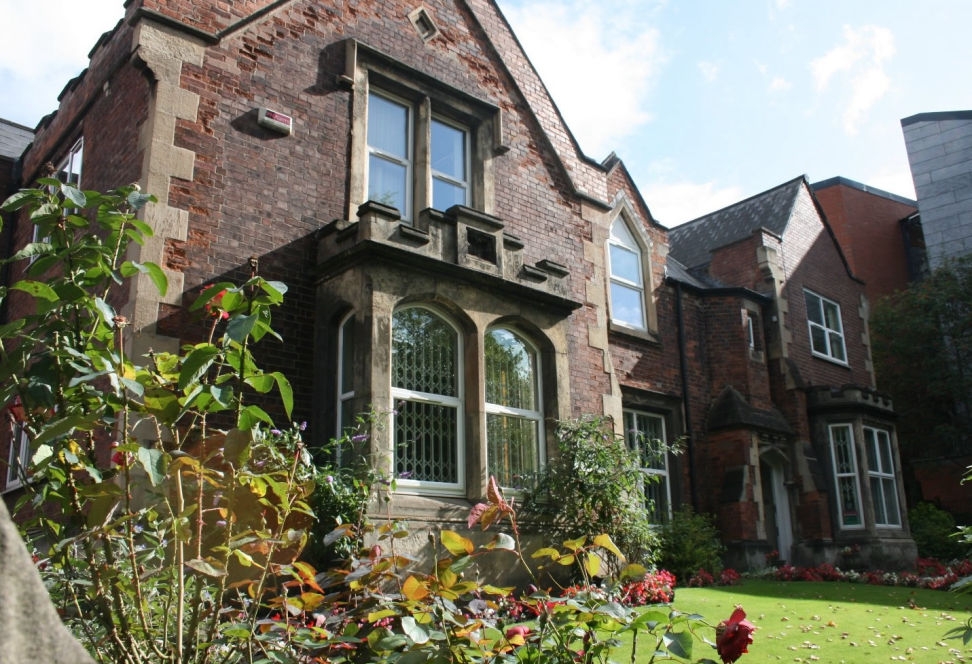
Feoffees have also served on the governing bodies of other local schools. When Oakwood Technical High School was established in the 1950’s the Feoffees were asked to provide one of its members to serve on the governing body there and a Feoffee did so for a considerable number of years.
The National School
In the very early part of the 18th century the Feoffees decided that there was a need for another type of school, other than the Grammar School, in Rotherham and it therefore established what was known as The National School. This became known as the Bluecoats School, because of the blue coats that pupils wore as their uniform. It is believed that the first premises for this school was around the Wellgate area but in the 1770’s The Feoffees purchased land on the Crofts and had a dedicated building erected to house the school and its pupils.
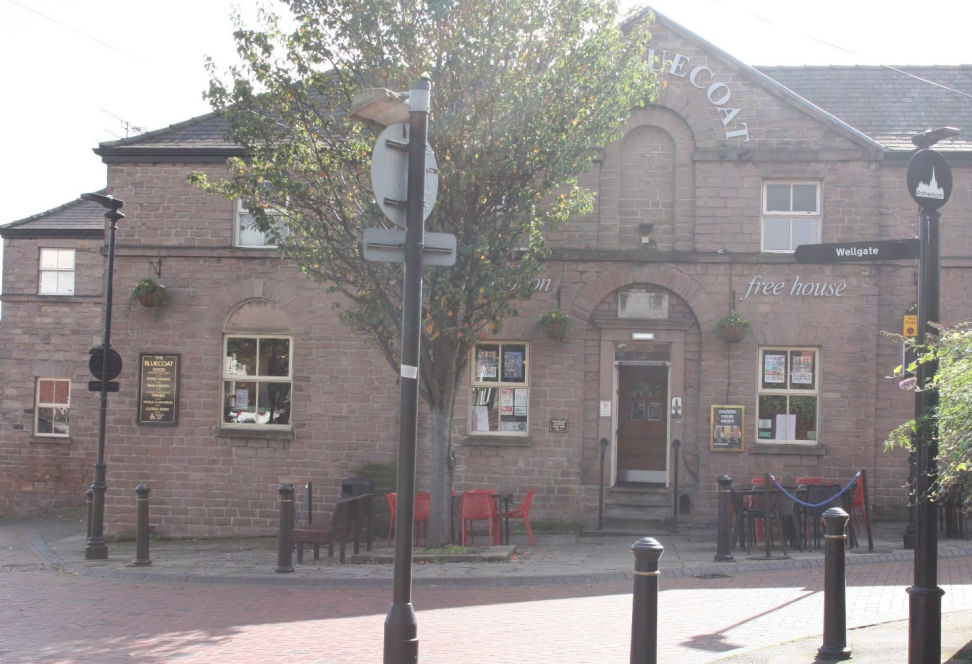
This school remained under the control of, and was supported and maintained by The Feoffees until the late 19th century after which successive National Education Acts saw responsibility for education pass to the borough and county local education authorities.
During the period of Feoffees maintenance and governance the chairman of the Board of Governors of the National School was known as the ‘Little Greave’. The Greave of the Feoffees is in effect the chairman of the Trustees of the Common Lands of Rotherham and the Little Greave is the Deputy but during the time of the Bluecoats school the Little Greave for that year was also the chairman of the governors of the school.
